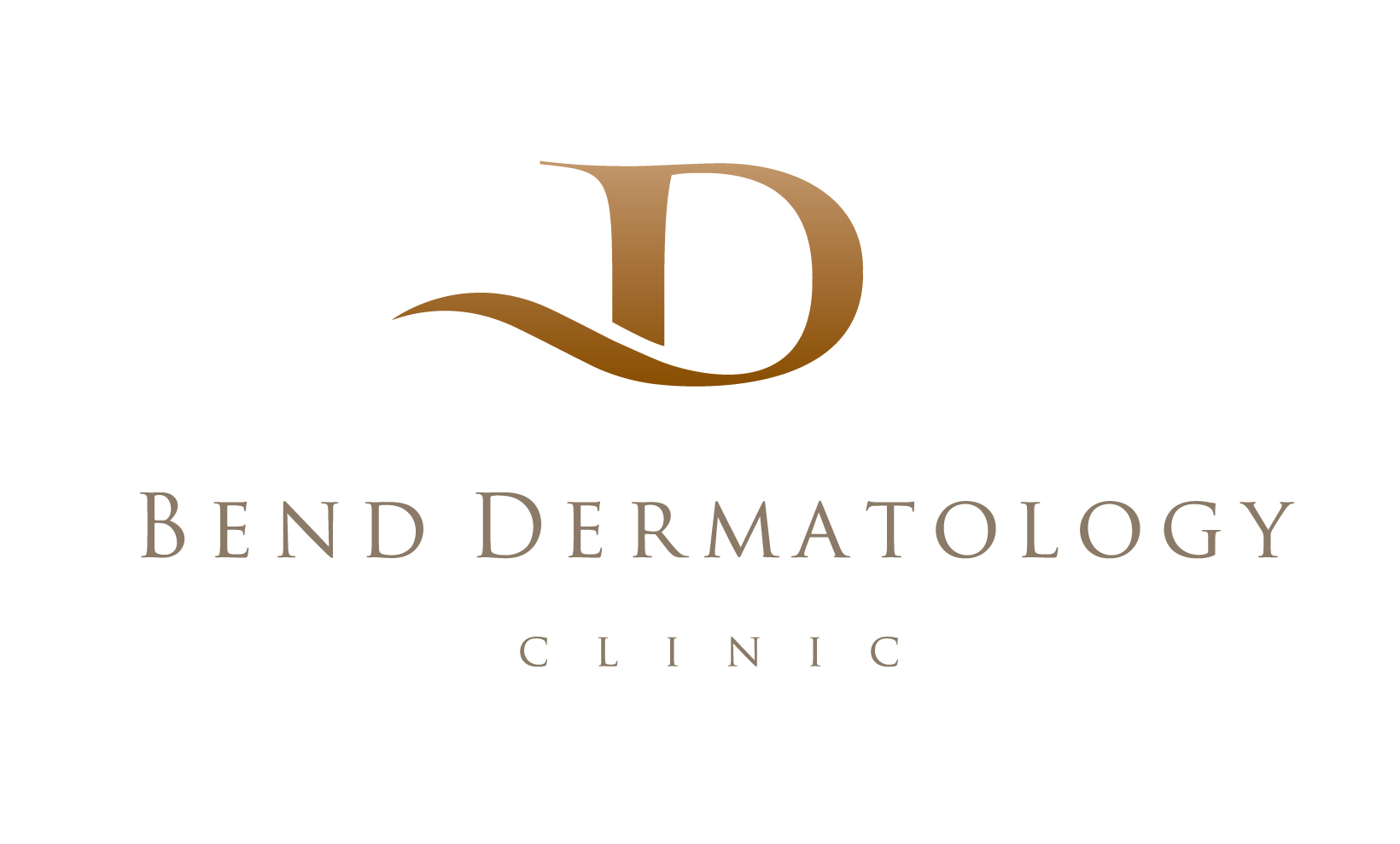Aging gracefully is a goal for many of us as our bodies undergo different changes through the years. Some changes are more common than others, and when it comes to our skin, we most notably start seeing lines and wrinkles develop. For many people, they may also have to deal with skin growths called seborrheic keratosis (SK) that start to appear as we mature.
What is a seborrheic keratosis? It is a benign, non-cancerous growth, typically brown, gray, or light tan in color. It can also grow to be scaly or crusty and may have a wart-like appearance. The most common places on the body you will find them are on the back, below the breasts, and along the hairline, but they can also be found on the face, scalp, and shoulders. While one can appear on its own, multiple growths are more common. These growths are not contagious. You may hear SKs referred to as “barnacles” or “waxy wisdom spots”.
When to See Your Provider
Seborrheic keratosis (SK) is usually asymptomatic but sometimes can be itchy and may bleed when it becomes irritated by your clothing rubbing against it. They should be evaluated if they become symptomatic such as having intense itching, pain, or bleeding. Your Provider will be able to diagnose seborrheic keratosis usually by the appearance of the growths. You might also want to get them checked if they are growing or changing colors. SKs are not dangerous, but it is best to ensure it’s not something else. They are sometimes confused with skin cancers such as melanoma and squamous cell carcinoma. If your Board-Certified Dermatologist thinks it might be skin cancer, they will perform a biopsy to check for it.
What Causes Seborrheic Keratosis?
It is not known what causes these growths. They are most commonly seen in middle-aged and elderly individuals, starting to develop after age 25. Genetics does seem to play a role since it tends to run in families, and it probably determines the number of seborrheic keratoses a person develops. According to the American Academy of Dermatology, studies suggest that sun exposure might play a role in people who get lots of sun. More research needs to be done on this topic. There is no known way to prevent seborrheic keratosis from developing.
Treatment Options
Seborrheic keratosis do not go away by themselves, but lesions typically do not need treatment since they are not a health risk. However, if they start to become irritated or bleed, or you would like them removed for cosmetic reasons, there are several options. Your Board-Certified Dermatologist will decide the best option for your particular growth, as well as discuss the procedure with you and the risks involved.
- Shave biopsy – after numbing the skin, this procedure uses a tool similar to a razor to remove the seborrheic keratosis.
- Cryotherapy – freezing the growth with liquid nitrogen can be an effective way to remove or reduce the size and appearance of SK
- Curettage – this technique lifts the SK off the skin with a curved surgical instrument called a curette. Cauterization of the area sometimes follows it.
- Laser surgery – an SK can be reduced using an intense beam of light from a laser that destroys the growth.
- Cautery – this involves the electrical warming of the skin growth to destroy it.
These techniques will reduce the size or texture of the growth, but they will not stop the development of an SK somewhere else. SKs can be upsetting to have to deal with, but it is also empowering to know that you have some options. Remember that cosmetic treatments are not covered by insurance when planning for these procedures.
If you would like some more insight into seborrheic keratosis at Bend Dermatology Clinic, our expert Board-Certified Dermatologists and Advanced Practitioners are highly knowledgeable at diagnosing and treating skin conditions. You can schedule a consultation online for any of our five locations serving the Central Oregon area since 1980.

